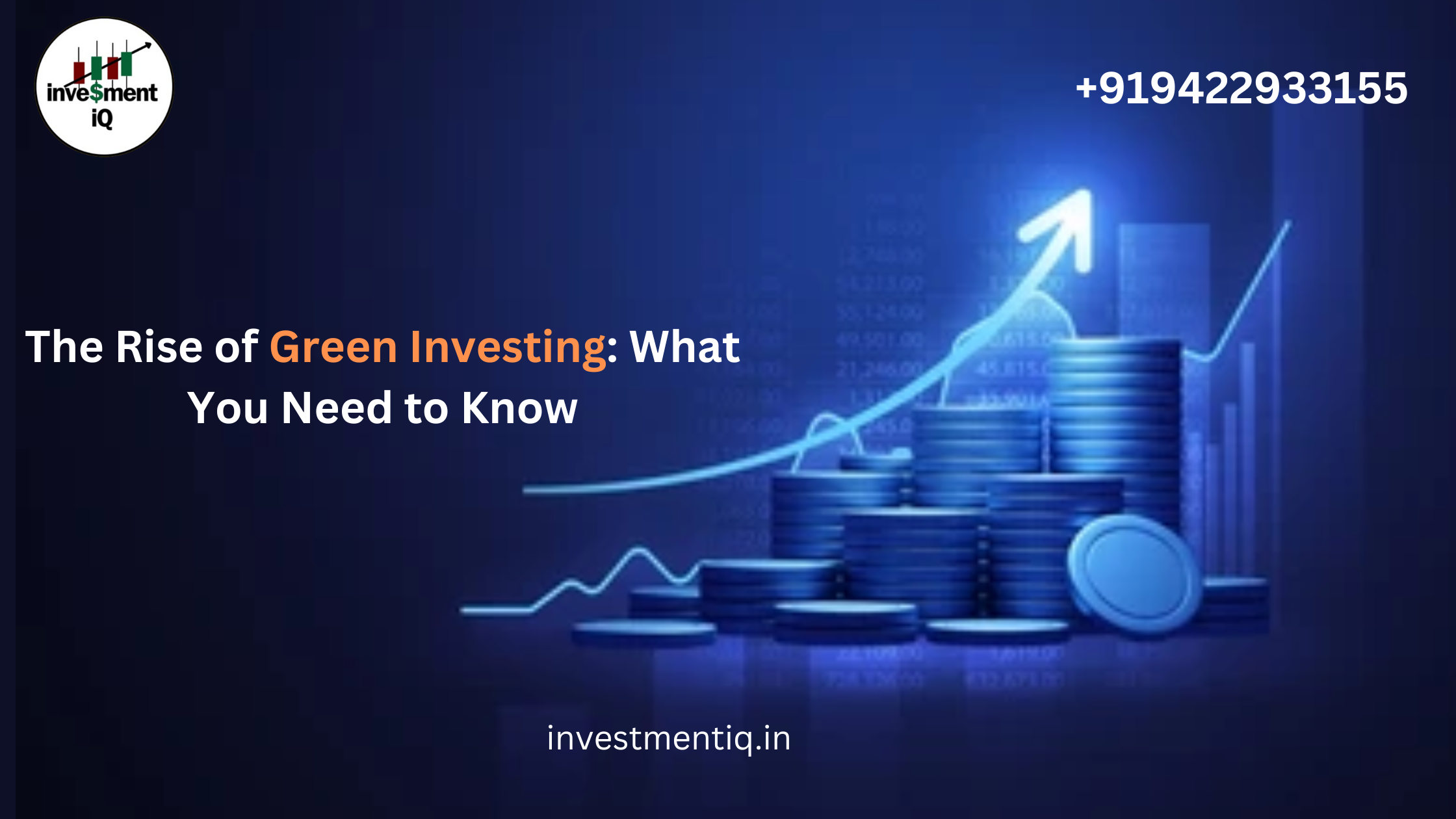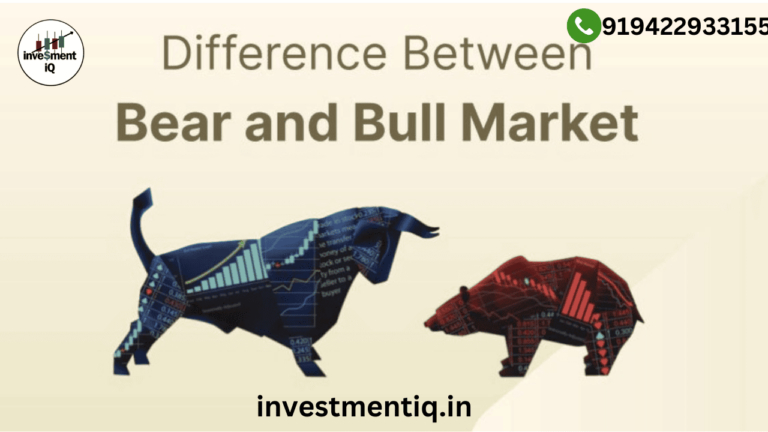Introduction
With climate change and sustainability dominating global conversations, investors are shifting toward more responsible choices. Green investing—also known as sustainable or ESG investing—is no longer just a trend. It is quickly becoming a key pillar of modern investment strategies, driven by both ethical motivations and strong performance metrics.
What is Green Investing?
Green investing involves placing capital in companies, funds, or assets that are committed to environmentally sustainable practices. These investments focus on sectors such as:
- Renewable energy (solar, wind, hydro)
- Clean technology
- Sustainable agriculture
- Water conservation
- Pollution and waste management
The goal is to support businesses that prioritize environmental responsibility without sacrificing long-term returns.
Why Green Investing is Growing in 2025
Several major developments are contributing to the rise of green investing:
- Government policies supporting clean energy
- Global climate agreements and regulations
- Increased demand from younger investors focused on sustainability
- Strong performance by ESG-focused funds
Investors now recognize that sustainability and profitability can go hand-in-hand.
Understanding ESG: The Core of Green Investing
ESG stands for Environmental, Social, and Governance—a set of criteria used to evaluate a company’s impact and sustainability.
- Environmental: Focuses on a company’s energy use, emissions, and environmental footprint
- Social: Covers employee relations, diversity, and contributions to the community
- Governance: Examines company leadership, ethics, and transparency
Investing in companies with high ESG scores is considered both socially responsible and financially smart.
How to Start Green Investing
1. Research ESG Scores
Use platforms like Morningstar, MSCI, or Sustainalytics to evaluate ESG ratings before investing.
2. Choose Green Funds and ETFs
Exchange-traded funds (ETFs) that focus on sustainability offer diversified access to green assets. Some examples include:
- iShares Global Clean Energy ETF
- SPDR S&P 500 ESG ETF
- Vanguard ESG U.S. Stock ETF
3. Invest in Renewable Energy Stocks
Companies leading in clean energy innovation are becoming long-term investment favorites. Key names include:
- Tesla (Electric Vehicles)
- First Solar (Solar Panel Manufacturing)
- NextEra Energy (Wind and Solar Utility)
4. Consider Green Bonds
Green bonds are fixed-income investments issued by governments or companies to finance environmentally friendly projects.
Common Misconceptions About Green Investing
Myth 1: Green investments underperform.
Reality: Many ESG-focused funds have outperformed traditional benchmarks in recent years.
Myth 2: Only large investors can benefit.
Reality: Many platforms now offer green mutual funds and ETFs with low minimum investments.
Myth 3: ESG data is unreliable.
Reality: ESG ratings are improving in accuracy as global reporting standards evolve.
What the Future Holds for Green Investing
By 2030, green and sustainable investments are expected to surpass $50 trillion globally. As climate risk becomes a financial risk, green investing will likely become a standard rather than a specialty. Companies that fail to meet environmental expectations may face reduced investor interest and stricter regulations.
Conclusion
Green investing is not just an ethical choice—it is a strategic one. As we move through 2025 and beyond, integrating ESG principles into your investment decisions can help build a resilient, forward-looking portfolio that contributes to a sustainable future.




